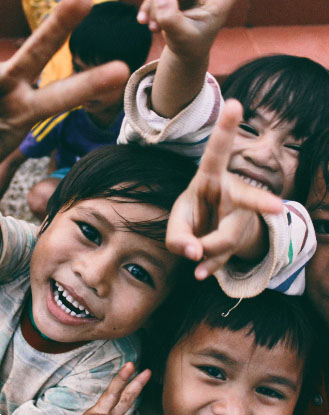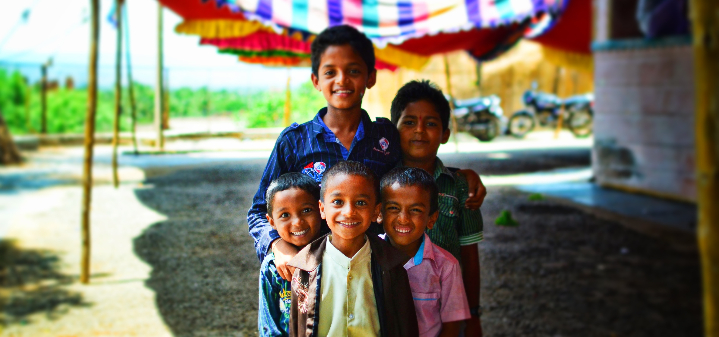Blog, Mission Possible, Oct 2016. Using rain for the most natural source of water.
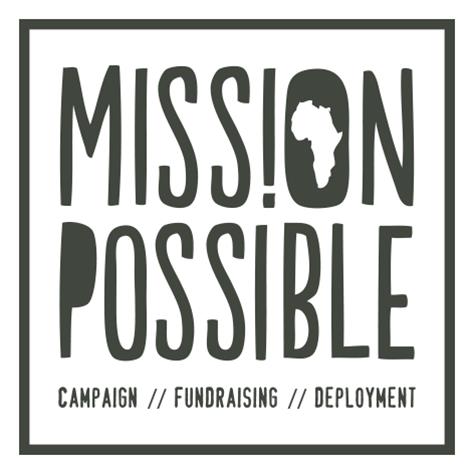
A drought that had been afflicting Tanzania ended during the Mission Possible volunteers’ deployment. While the rain was welcome, it proved a slight hindrance for one of the teams whose task was to provide - a rainwater harvesting system. Tauqeer Abbas explains.
Prior to coming to Tanzania, I was set the task of researching the rainwater harvesting system (RWHS) as that was going to be my project. Today, the third day of the deployment, was the day to actually start implementing and installing that system in Msaika village.
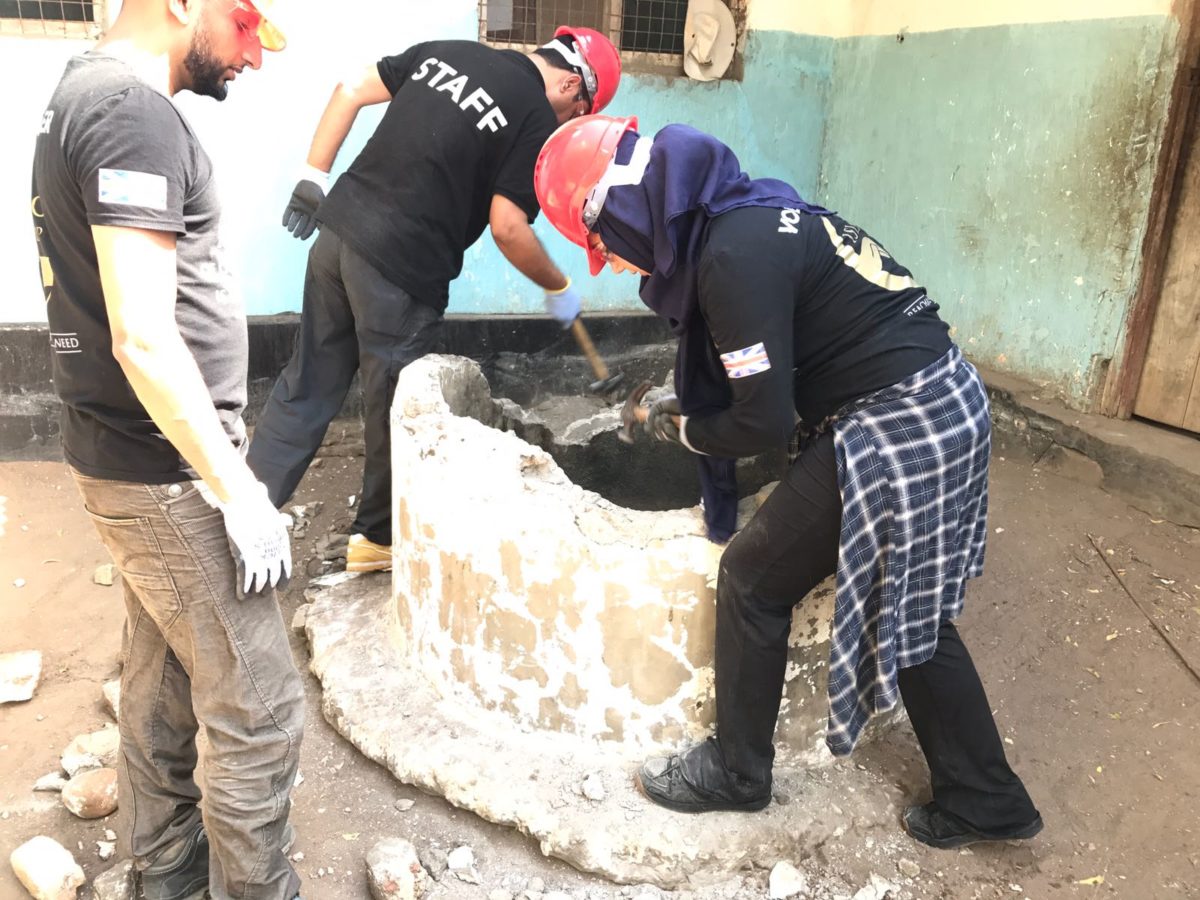
The first task was to knock down the existing water source - a well - within the village. We only had a few tools, such as hammers, at our disposal. Slowly but surely though we accomplished our first goal of the day.
The next task was to create the foundations for where the tank for the system would sit. This was on top of the water source discussed above.
We started off by measuring and marking the area. After this we dug around the marked area in order to place the breeze slabs to create a wall. We didn’t have to go very high with this.
It was a few layers up. Once we completed this we placed cement to cover the remaining area in order for the water tank to fit nicely. This was completed before lunchtime.

After lunch we moved on to our afternoon task which was to paint the roof. We started off by cleaning the roof as there was quite a bit of dirt, leaves etc which would have come in the way of the paint.
Even though I am afraid of heights I built up enough courage to climb to the roof and help with the painting. I was thinking how it was not for my benefit, it’s for the people in the village, the teachers at the school, the students and the number of people it will benefit, Insha’Allah. The reason why the roof needed to be painted was because it was very rusty which would have in turn made the water contaminated making it undrinkable.
In summary, the rainwater harvesting system works in a very simple way. The rainwater which drops on the roof will fall down into the gutter’s set. It will then travel down to the water tank which will have a tap connected to the bottom of it. This will allow them to get water from the tank whenever needed.
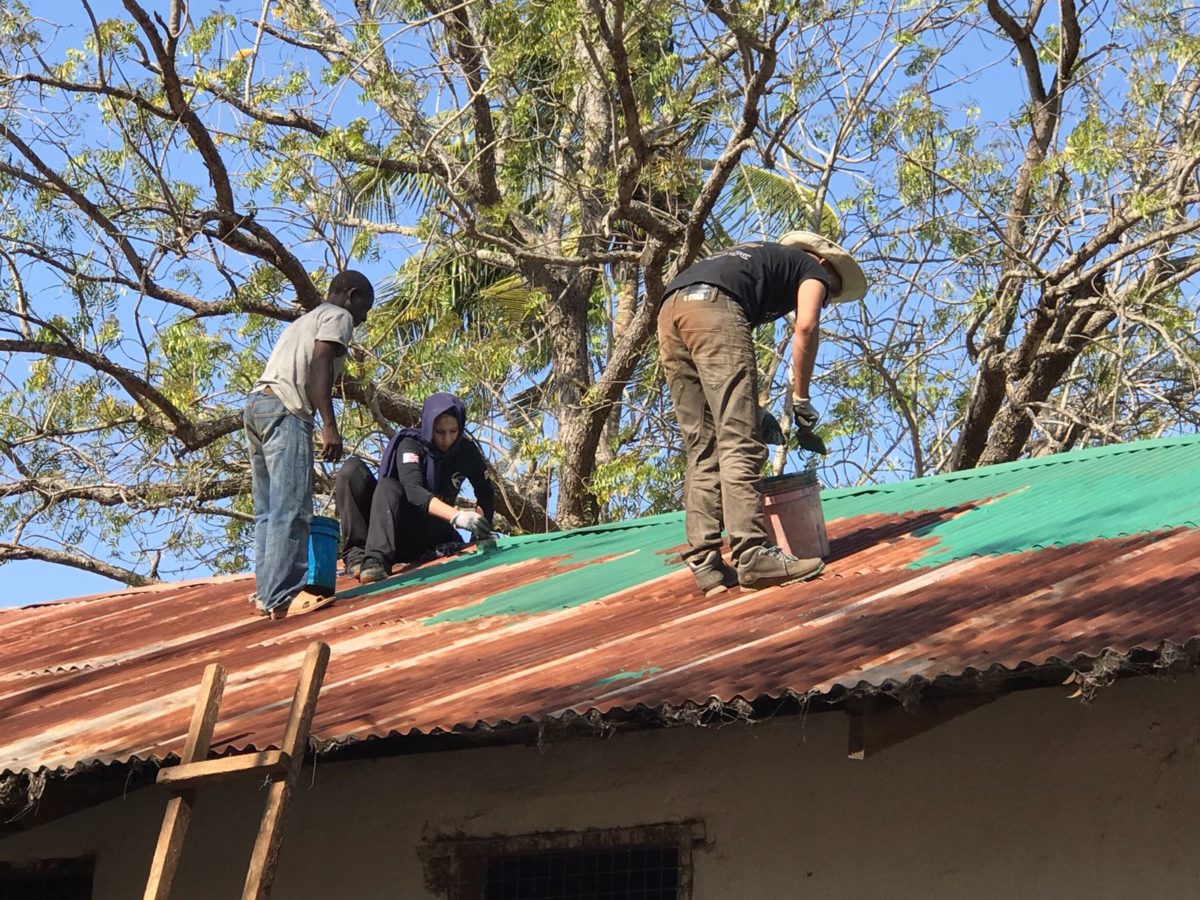
This system was placed in this village as the locals have to currently travel 3-4km to a water source which is very dirty water.
That water is used by the women to do their laundry in the morning, then the villagers will also come to collect it and carry it on containers on their bikes.
With the RWHS, once it rains they will have a close by and clean water source. To also help with the water drought, we managed to dig a well a kilometre away from the village. This is much closer than they have to travel at the moment.
Alhamdulillah we managed to witness the point where the fundi (handyman/builder) hit the water table and water came pouring up. That feeling cannot be explained. The joy was something that will stay with me forever.
The following day, the fourth of our deployment, we arrived at Msaika village and it was raining. This was a good thing for everyone in Tanzania as there is a drought but it held us back because we couldn’t do any painting. The drainage pipes couldn’t be fitted without the paint being complete first either so we lost a lot of time.
When it finally stopped raining around 1pm we continued with the painting and when complete started on the drain pipes. First we put planks on wood across the area where the drains would be placed as there was no place to screw the drain holders in place.
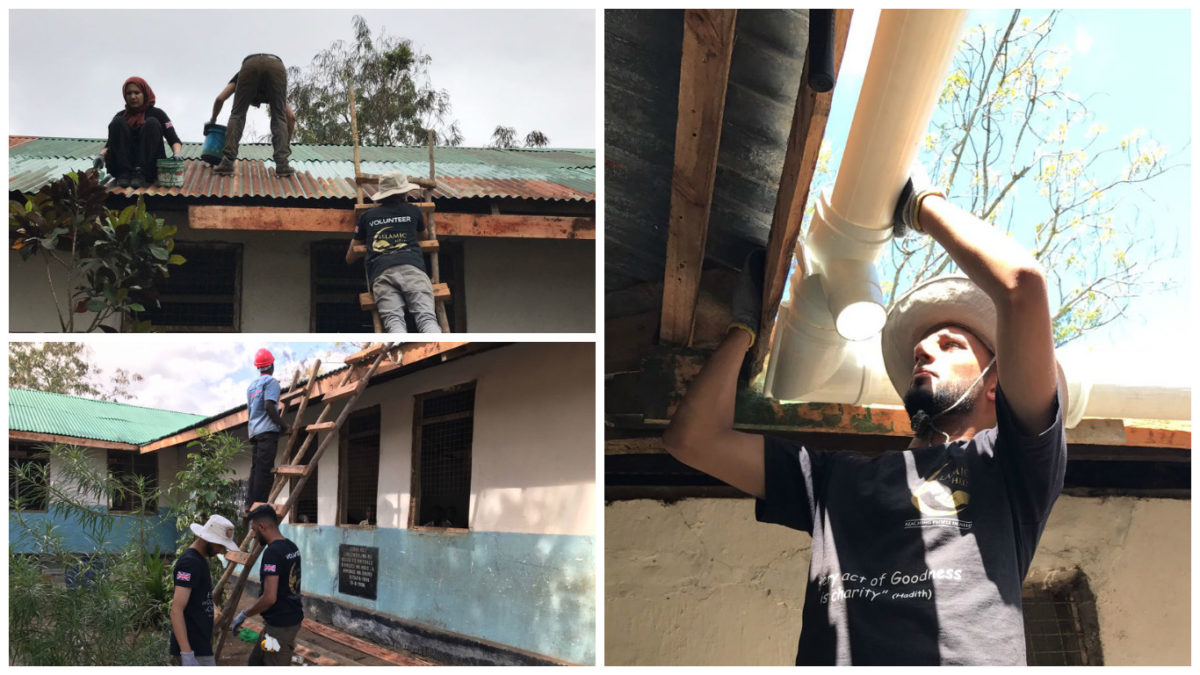
This was very difficult as the wood planks were quite heavy and holding them until the fundi nailed them together in the scorching heat was not easy at all but Alhamdulillah we got it done.
We started to place the drain holders on the wood planks 3ft apart from each other, placed the drain pipes on and tested the system.
This was only for one side of the roof as of yet. We had come across a problem - once we threw water on the roof, the majority of it would fall off the roof past the drain pipes onto the floor.
The water would have completely missed the pipe, so we had to push the pipe a little more away from the roof by adding a 2×2 block of wood on where the drain holder was nailed in. This was to be completed by tomorrow as we had run out of time for the day.
Apply NOW!
Applications for deployments for our 2017 are open!

